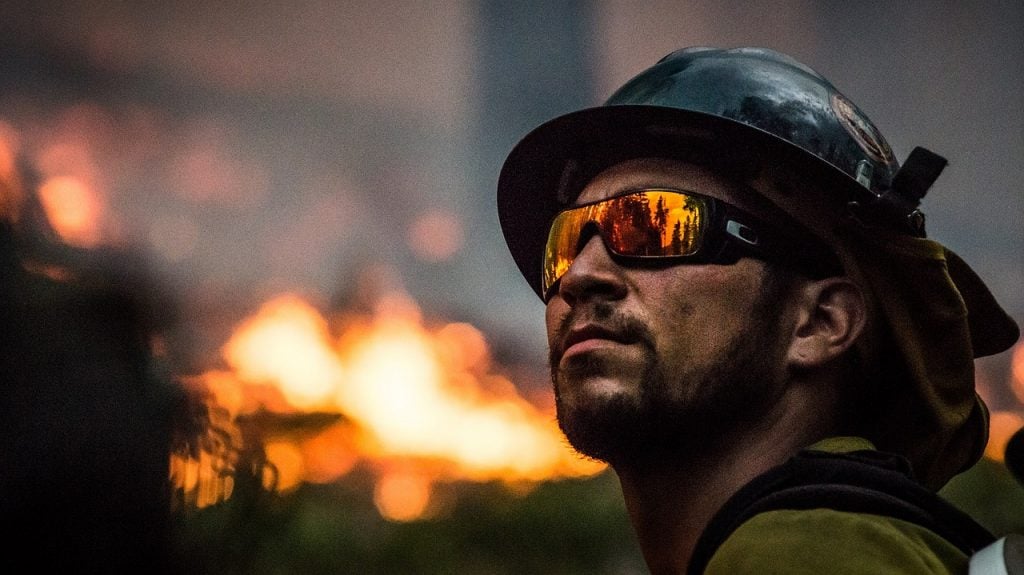In 2018, California saw some of the worst wildfires on record. Fires ravaged hundreds of homes and threatened hundreds more. A record 42 people were confirmed dead and 200 missing as 250,000 people fled their homes.

That's more than just a safety risk. It has a critical impact on California's residents and real estate market.
The good news? Companies are rising to meet the challenge. Here's why our wildfire assessment tools need to improve, and what the private sector is doing to fix it.
To understand where we're going, it helps to know where we've been.
Current wildfire risk assessments often use tools like the Wildland Fire Decision Support System (WFDSS) to try to assess, monitor, and respond to potential wildfire risks before they get out of hand.
Risk assessments aim to answer:
By assessing and answering these questions, individuals in fire management can best protect communities to minimize loss. They can also help prepare communities to respond if a fire does break out. If you're property is at risk of getting affected by wildfires, you may secure your home's Fire Space Clearance with the help of a tree services company.
Most wildfire assessment methods use a combination of factors to predict the likelihood and intensity. The key is to find the right indicators of risk.
This is where the private sector is rising to the challenge.
One company, Cape Analytics, announced a new defensible space solution that will allow home insurance carriers to better predict the risk of wildfires.
Wildfires rely on three things to burn:
Most of the time, humans provide a heat source. The rest depends on the location.
Cape Analytics' defensible space solution helps wildfire protection agencies and insurance companies identify the fuel load within a house's ignition zone, as well as vegetation level surrounding the house. Both of these are critical in evaluating a home's risk.
Think of your house like a fire pit. When you start a campfire, you need a fire ring, tinder (twigs, dry leaves, and forest duff to start the fire), kindling (small sticks to help the fire grow), and firewood to sustain the fire. Levels of fuel, if you will.
Most of the time, wildfires spread to a home by igniting the surrounding vegetation first. From there, it spreads to a house if the house has enough of a fuel load to sustain it (the kindling and tinder--smaller fuel items that help the fire ignite).
By assessing vegetation and fuel load in at-risk areas, it's much easier for fire management to assess risk ahead of time and prepare communities to respond in the event of a fire.
Wildfires are terrifying and heartbreaking for homeowners. In the blink of an eye, a fire can devour your whole life--your house, your possessions, the memories you made there. And that's why it's important to prepare.
Check out our blog for more tips on how technology can help you prepare for wildfires and keep your home safe.